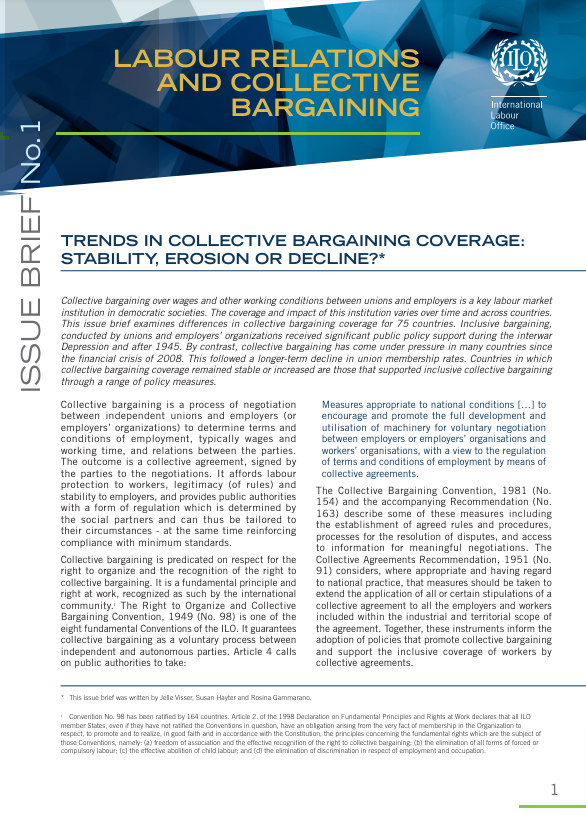
At least 44’000 work stoppages since 2010
Effective social dialogue is a key means to promote better wages and working conditions. But when it fails, work stoppages may ensue. ILO data show that this has happened at least 44 thousand times since 2010.
At least 44’000 work stoppages since 2010 Read More »





